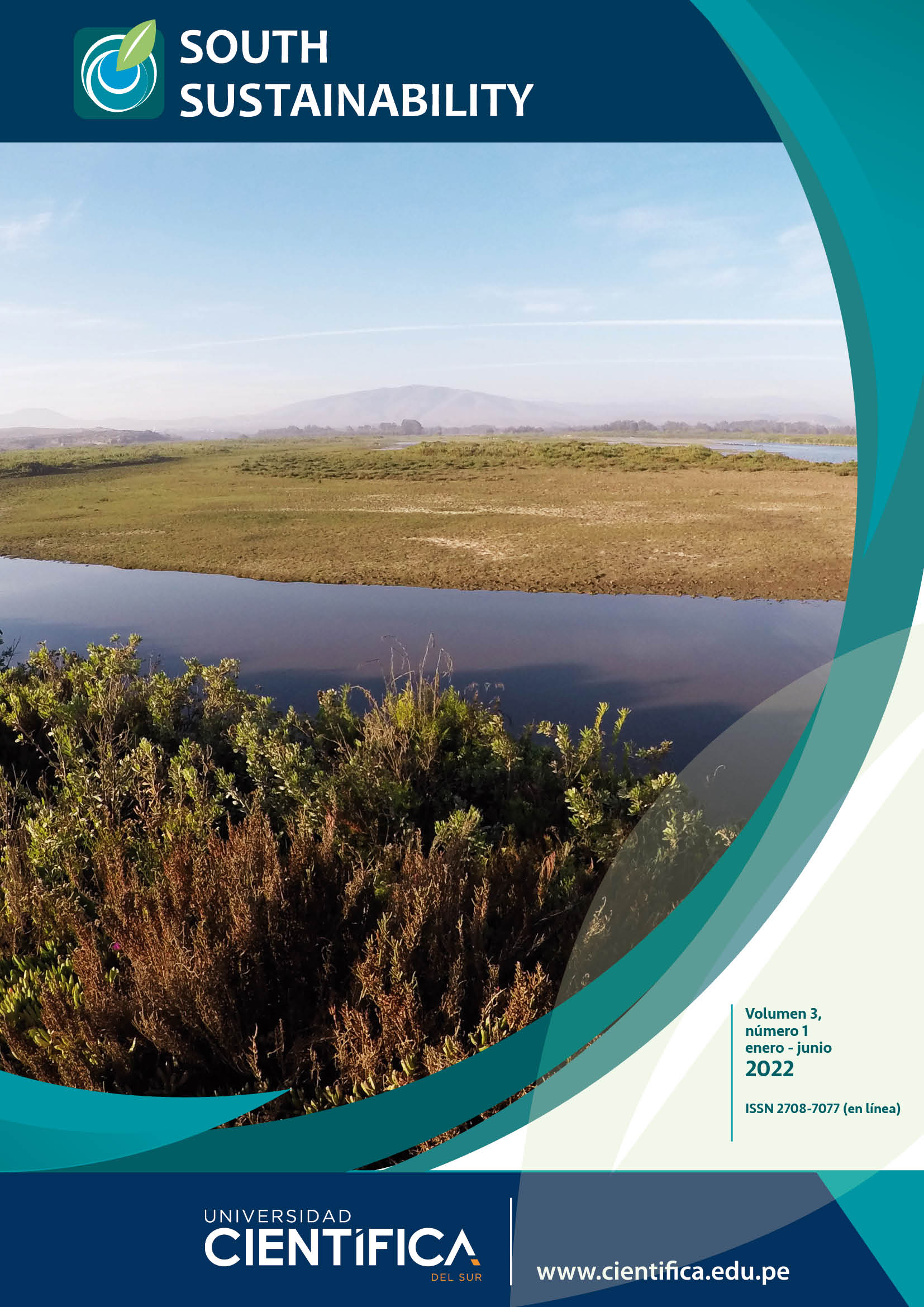A basic study of the association of dengue, yellow fever and Zika with global warming and their vector-level transmission interactions
DOI:
https://doi.org/10.21142/SS-0301-2022-e047Keywords:
Dengue, Zika, Yellow fever, Climate change, InteractionsAbstract
Dengue, yellow fever and Zika are high-priority vector-borne viral infections responsible for large numbers of cases and deaths, as well as considerable economic burdens, among nations in tropical and subtropical regions. Global warming is believed to greatly affect the transmission dynamics of these diseases and, because the three viruses share the same population of transmission vectors in a given region, it is thought that the transmission dynamics of one disease can affect the others. However, to date, these interactions remains little studied. The aim of this study was to evaluate the association of disease transmission pattern with temperature anomalies and transmission dynamics, and the interactions of the three diseases using incidences as a proxy for transmission patterns, employing correlation analysis. A significant positive correlation was observed between dengue incidence and temperature anomalies, while a significant negative correlation was observed between yellow fever and temperature anomalies. In the regions considered, a significant negative correlation was observed between the incidence of yellow fever and dengue. Zika did not exhibit significant correlations with temperature anomalies or any other disease. Based on the observations made, it can be concluded that global warming could greatly affect the global transmission dynamics of both dengue and yellow fever, while the patterns of yellow fever transmission could also affect long term dengue transmission patterns.













